Django Bootstrap 5 Volt - Open-Source Starter
Open-Source Django Starter crafted by AppSeed on top of Volt Dashboard, a pixel-perfect Bootstrap 5 Design (MIT License).
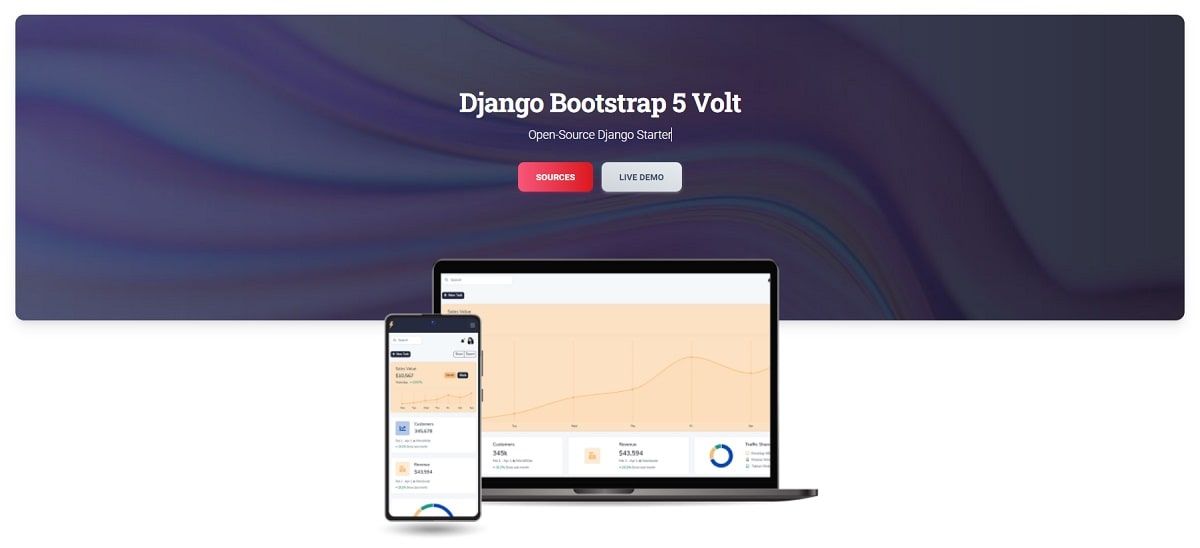
Hello! This article presents an open-source Django Starter crafted on top of Volt Dashboard, a modern and innovative Bootstrap 5 design. The product can be downloaded from Github (MIT License) and used for commercial projects and eLearning activities. For newcomers, Django is a leading backend framework actively supported and versioned by programming experts and open-source enthusiasts.
- 👉 Django Bootstrap 5 Volt - product page
- 👉 Django Bootstrap 5 Volt - LIVE deployment
- 🎁 Free Support via eMail & Discord
Volt is free and open-source Bootstrap 5 Admin Dashboard featuring over 100 components, 11 example pages, and 3 plugins with Vanilla JS.
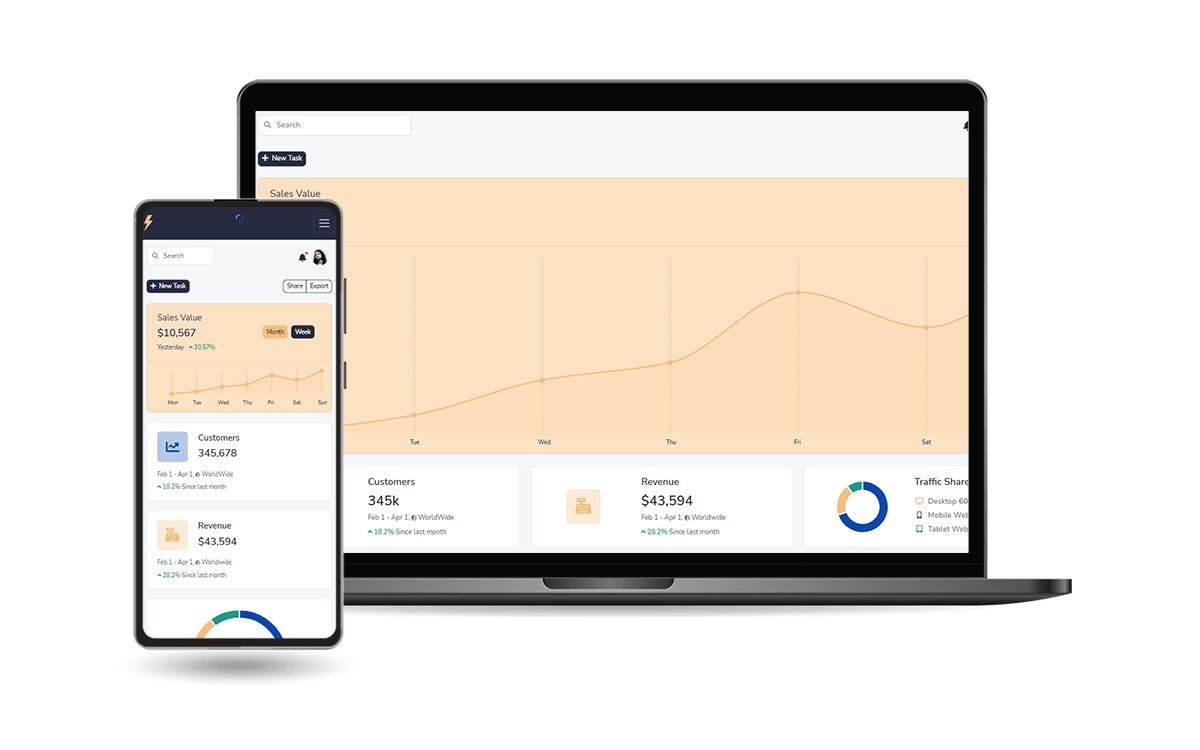
✨ Design Information
Volt is built using the latest version of Bootstrap 5 and because jQuery is no longer required as a dependency, Volt has been built using only Vanilla JS.
100+ Components - There is more than 100 free Bootstrap 5 components included some of them being buttons, alerts, modals, date pickers, and so on.
11 Example Pages - Volt brings 11 example pages including an overview, sign in, sign up, transactions page, and many more.
3 Lightweight Plugins - There are 3 lightweight and Vanilla JS plugins that come with Volt, namely a date picker, notification, and charts library.
✨ How to use it
The project comes with an intuitive codebase structure and a minimal set of features like authentication, helpers, and Docker support. Probably the easier way to compile and use the starter in a local environment is via the Docker setup shipped with the sources.
Once we have the Docker properly installed and project sources downloaded, all we need to do is to type a single command in the root of the project:
$ cd django-volt-dashboard # root of the project
$ docker-compose up --build # start the project in DockerAt this point, we should be able to access the app in the browser, create new users and access the private pages.
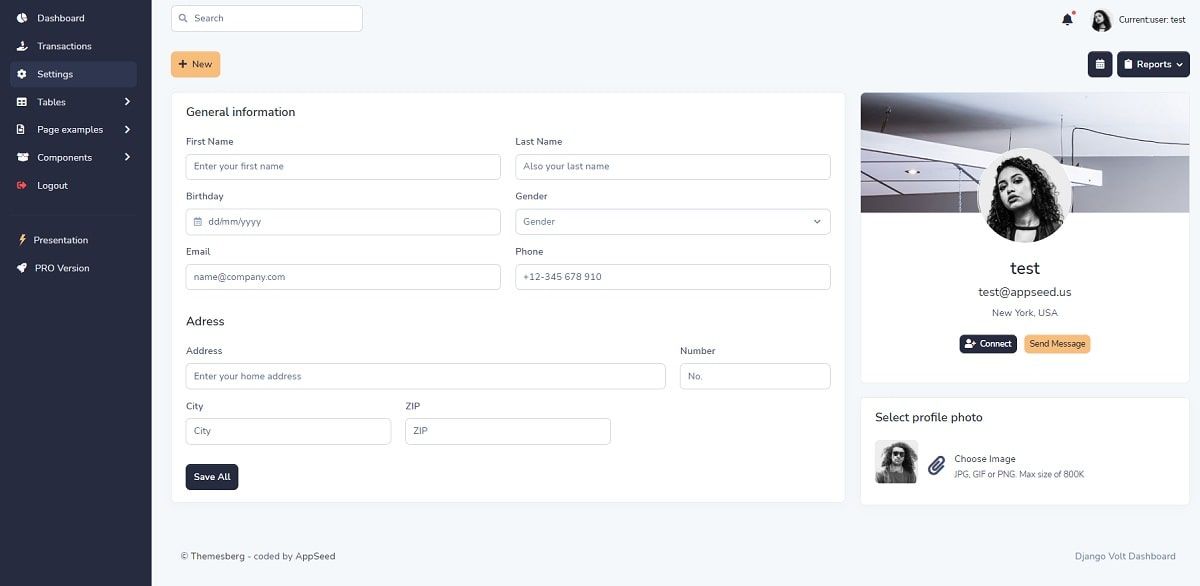
Note: For the manual build, please follow the build intructions listed here.
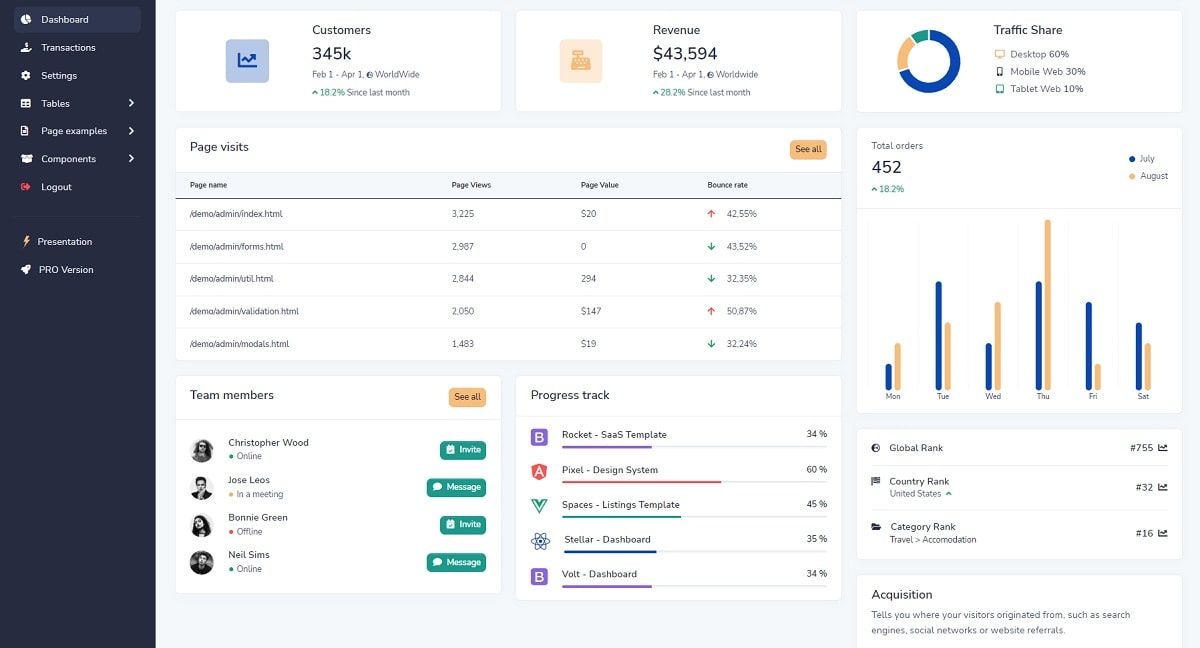
Django Volt Bootstrap 5 - Modals Page
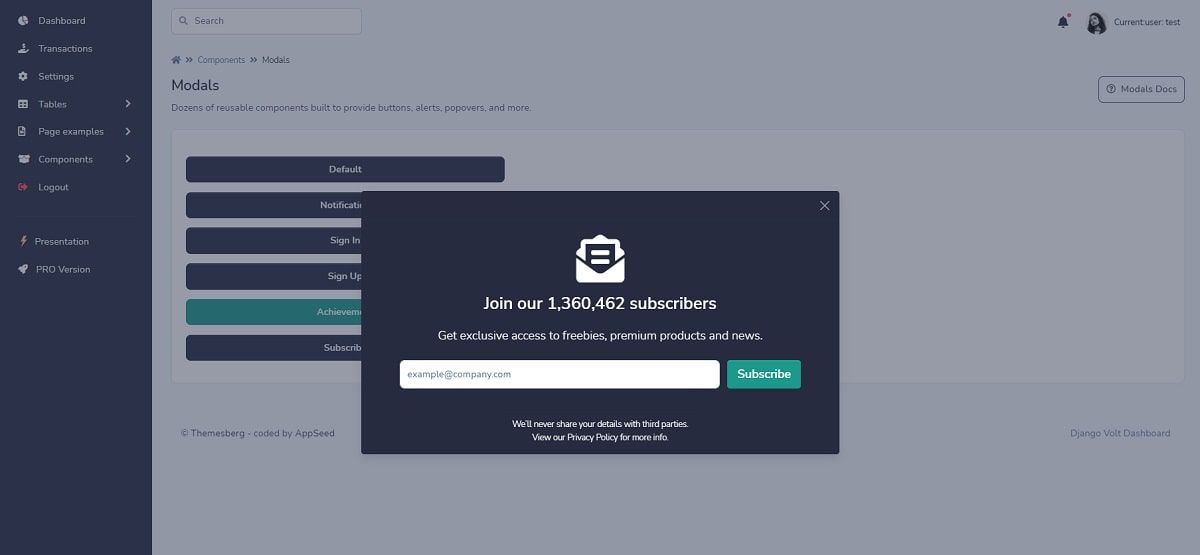
Django Volt Bootstrap 5 - Data Tables
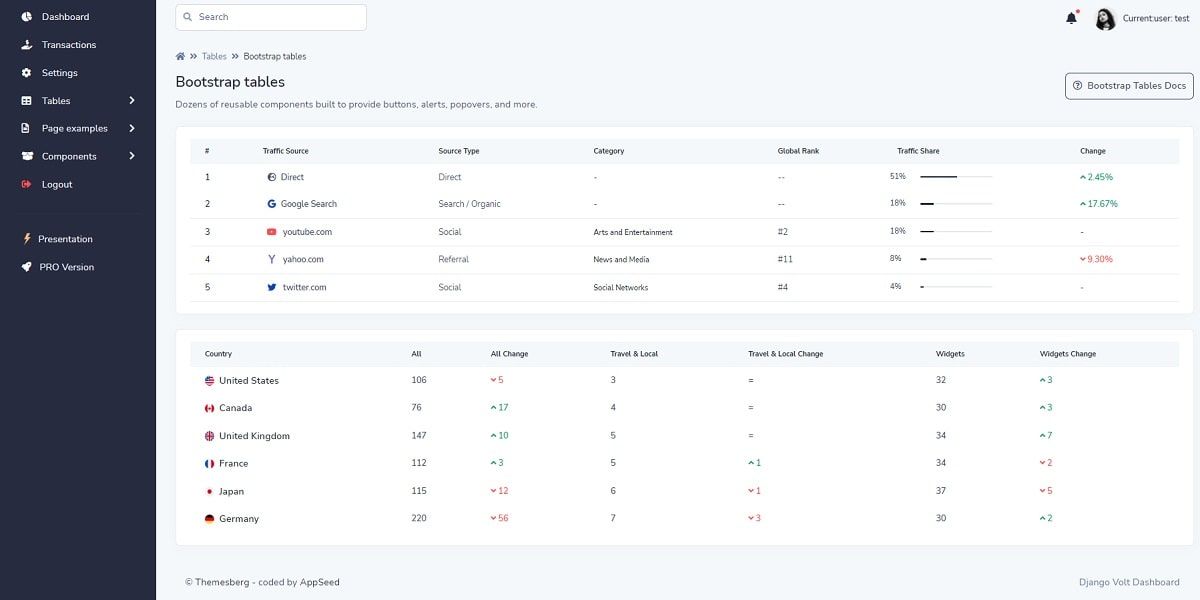
Thanks for reading!
